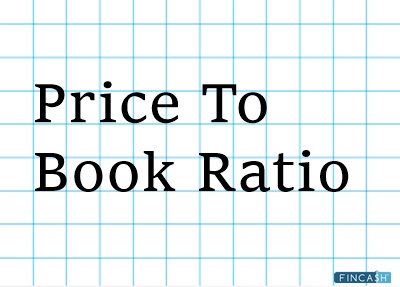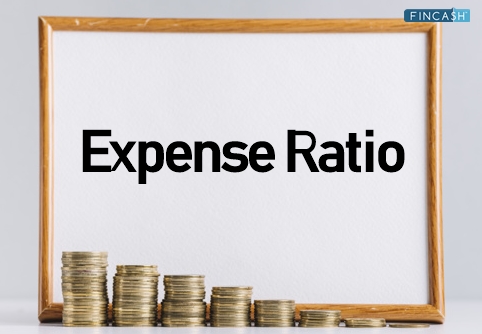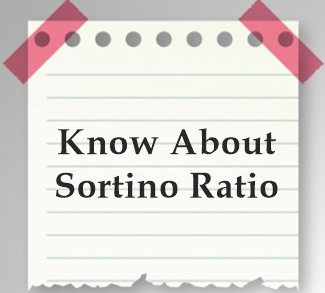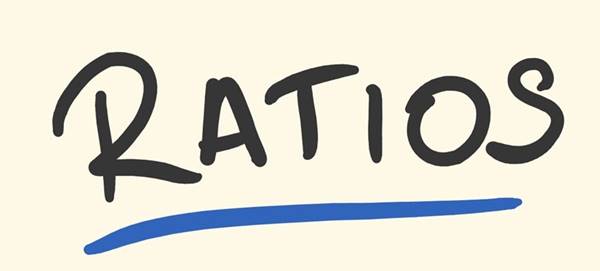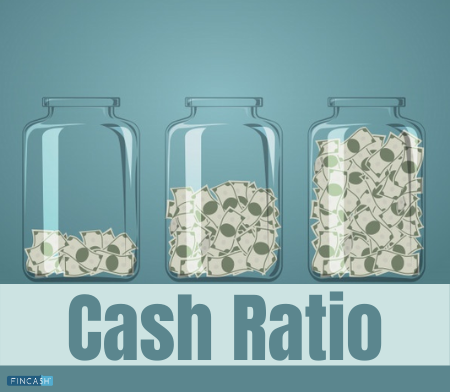
Table of Contents
CAPE Ratio
What is CAPE Ratio?
The CAPE Ratio can be regarded as an important measure that is known to make use of real EPS (Earnings Per Share) over a period of 10 years. This is done to ensure seamless fluctuations in corporate-term profits occurring over different spans of the typical business cycle. The CAPE Ratio got popular by Robert Shiller –a leading professor from the prestigious Yale University. Therefore, it also goes by the name as the “Shiller P/E Ratio.”
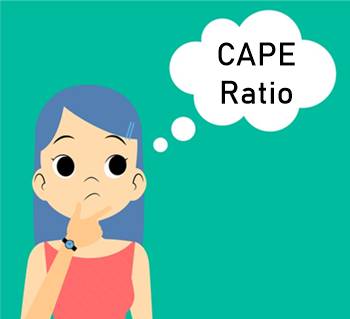
The P/E Ratio can be defined as the valuation parameter that is used for measuring the price of a stock with respect to the per share Earnings of the company. EPS can be regarded as the profit of the company that gets divided by the equity shares that are outstanding.
The CAPE Ratio generally gets applied to a scenario of broad equity indices for assessing whether the given Market is overvalued or undervalued. As the CAPE Ratio tends to be a popular measure that is widely measured, a number of capable Industry experts have regarded this utility to serve as the predictor for the stock market returns in the future times.
What is the Meaning of CAPE Ratio?
The overall profitability of a company can be determined to a major extent by multiple influences of economic cycles. During the expansion period, profits are known to rise significantly. This is because consumers tend to spend an increased amount of money. However, during the Recession period, consumers are known to purchase less. As a result, profits are known to plunge while turning into losses.
As the overall profit swings tend to be significant for organizations that are involved in cyclical sectors –like financial and commodities, in comparison to the firms involved in defensive sectors like pharmaceuticals and utilities, only a few firms are capable of maintaining rapid profitability during deep recession.
As Volatility in the EPS values also leads to P/E (Price-Earnings) ratio for bouncing significantly, the experts recommend that one should prefer using the average of earnings for a period of around 7 or 8 years.
Talk to our investment specialist
CAPE Ratio Formula
As per the CAPE Ratio formula, it can be calculated as:
CAPE Ratio = Share Price / 10-year Inflation-adjusted, average earnings
Limitations of the CAPE Ratio
Critics on the topic of CAPE Ratio state that the given parameter might not be very useful. This is because it appears to be backward-looking in nature, instead of being forward-looking. Another major issue that critics encounter with CAPE Ratio is known to rely on the earnings of GAAP (Generally-Accepted Accounting Principles) –having undergone specific changes in the latest era.
CAPE Ratio in Forecasting
It is believed that there is a relationship between CAPE Ratio and future earnings of a company. As per Shiller, it is concluded that lower values of the CAPE Ratio can indicate higher returns over time for the investors.
All efforts have been made to ensure the information provided here is accurate. However, no guarantees are made regarding correctness of data. Please verify with scheme information document before making any investment.
